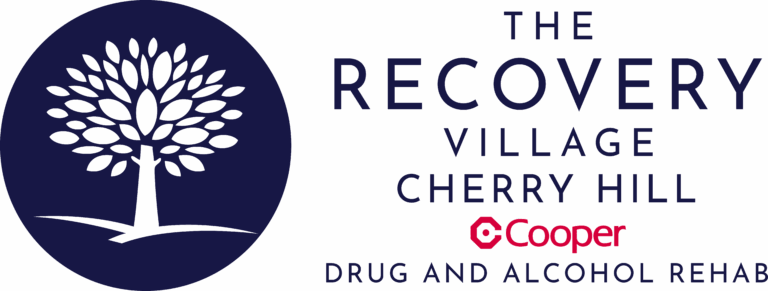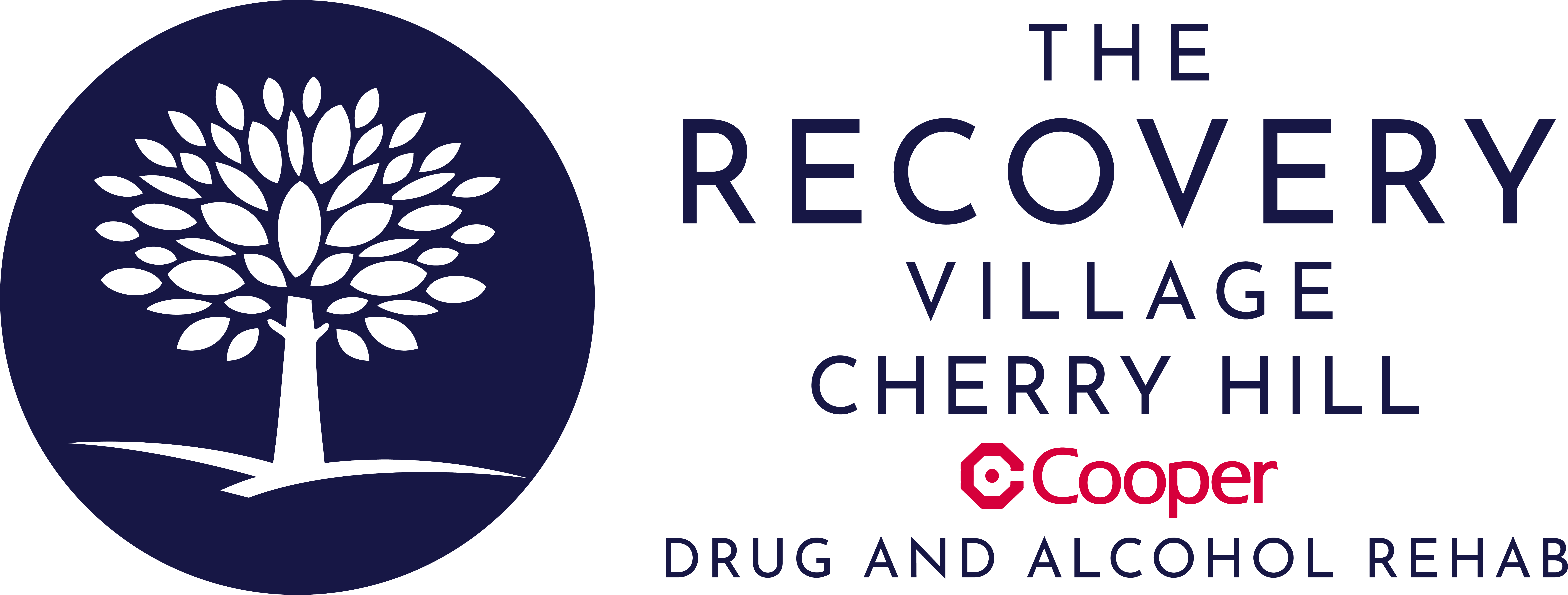Naltrexone may be helpful for treating opioid or alcohol addiction, but it’s important to be aware of the different side effects that can result from this medication.
Naltrexone is a prescription medication that is chemically similar to naloxone. Both of these medications work to block opioid receptors in the brain, but each drug is used for different situations. Naloxone works as an opioid reversal drug that can stop an overdose, while naltrexone is used to help treat alcohol and opioid use disorders.
If you or someone you love is struggling with opioid abuse and addiction, professional treatment that includes medications like naltrexone can help you find lasting recovery.
What Is Naltrexone?
Naltrexone is a prescription medication commonly used to help manage alcohol use disorder (AUD) and opioid use disorder (OUD). It belongs to a class of drugs known as opioid antagonists. Unlike opioid agonists, which activate opioid receptors and produce pain-relieving or euphoric effects, naltrexone binds to those receptors without triggering them. By doing so, it helps reduce cravings and the rewarding effects associated with substance use. Naltrexone is available under brand names such as Vivitrol (injectable form) and ReVia or Depade (oral forms).
Recovery Can Be Life Changing
Whether you or a loved one is struggling with addiction, our expert team is here to guide you every step of the way. Don’t wait— reach out today to take the first step toward taking control of your life.
“My life has became something that I’m proud of and something I can be grateful for.“
– Joseph McDermott, The Recovery Village Cherry Hill Alumni
How Does Naltrexone Work?
Naltrexone and its metabolites work by binding to mu-opioid receptors in the brain to oppose the euphoric effects of opioids and alcohol. Naltrexone also antagonizes, or blocks, activity at two other brain receptors that are responsible for some of the effects of opioids and alcohol (kappa and delta receptors). By doing this, naltrexone can decrease the positive feelings associated with opioid or alcohol use and result in reduced overall use.
Naltrexone works by blocking opioid receptors in the brain. In people who have opioid use disorder, this blockade prevents opioids from binding to the receptors, reducing or eliminating the euphoric feeling that can reinforce repeated use. For those struggling with alcohol use disorder, naltrexone can help diminish cravings for alcohol and reduce the amount of pleasure usually derived from drinking. By interfering with these pleasurable effects, the medication supports relapse prevention and gives people in recovery a better chance at sustaining sobriety.
It is important to note that naltrexone is not a cure for addiction. Instead, it is a supportive tool that works best when combined with counseling, therapy and other psychosocial interventions.
Naltrexone for Opioid Use Disorder
Naltrexone is often used as a maintenance treatment for opioid use disorder after detoxification. One key requirement for starting naltrexone is that a person must be completely free of opioids for at least 7–10 days to avoid precipitated withdrawal. This can be challenging for some, but once you have successfully detoxed, naltrexone can help sustain abstinence by blocking the rewarding effects of opioids.
Naltrexone can be taken orally once a day or administered as a monthly injection. The injectable form, commonly referred to as Vivitrol, offers the advantage of consistent medication levels in the body and helps minimize issues like missing doses. While on naltrexone, people may experience fewer opioid cravings, which can give them the opportunity to focus on therapy, lifestyle changes and other aspects of recovery.
Naltrexone for Alcohol Use Disorder
For those struggling with alcohol dependence, naltrexone can be prescribed to reduce the urge to drink and help individuals maintain abstinence or reduce heavy drinking episodes. It does so by altering the way the brain responds to alcohol. Individuals who take naltrexone may find that they do not derive as much pleasure from consuming alcohol, which can lead to fewer drinks and lower the risk of relapse.
Naltrexone works best when used alongside behavioral therapies and support groups. When combined with a comprehensive treatment plan, including counseling and lifestyle modifications, naltrexone can be an integral part of long-term recovery from alcohol addiction.
Naltrexone Side Effects
While naltrexone is generally well-tolerated, there is always the potential for unwanted side effects. Always speak with your health care provider if you notice unwanted side effects or allergic reactions from this medication. These may include:
- Anxiety
- Depression
- Dizziness
- Drowsiness
- Headaches
- Joint stiffness
- Muscle cramps or rigidity
- Nausea
- Panic attack
- Shortness of breath
- Sleep problems
- Twitching
- Weight gain
Most often, mild side effects of naltrexone subside a few days after taking the medication. Typically, this can include side effects like sleep problems and muscle cramping.
Suboxone vs. Naltrexone
Suboxone and naltrexone are both used to treat opioid use disorder, but they work in different ways:
- Suboxone (Buprenorphine/Naloxone):
- Buprenorphine is a partial opioid agonist, which means it activates opioid receptors but to a lesser degree than full agonists (like heroin or prescription opioids). This reduces cravings and withdrawal symptoms without creating a strong high.
- Naloxone is an opioid antagonist added primarily to deter misuse. If someone attempts to inject Suboxone, naloxone can trigger withdrawal.
- Naltrexone:
- As a full opioid antagonist, naltrexone blocks opioids from activating receptors. It does not help with withdrawal symptoms but can help prevent relapse by eliminating the pleasurable effects of opioids.
- A person must be fully detoxed before starting naltrexone to avoid precipitated withdrawal, a sudden onset of intense withdrawal symptoms.
Choosing between Suboxone and naltrexone depends on individual factors like substance use history, level of physical dependence, access to medical care and personal preferences. Both medications can be part of a comprehensive recovery plan, which includes therapy, support groups and other services offered at treatment centers like The Recovery Village Cherry Hill at Cooper.
Medication-Assisted Treatment in New Jersey
Located in Cherry Hill, New Jersey, The Recovery Village Cherry Hill at Cooper offers a variety of treatment option. In addition to medical detox, inpatient, outpatient and teletherapy programs, we also provide treatment for co-occurring disorders like depression.
If you or someone you love is struggling with alcohol or opioid addiction, our experts are here to help. Contact us today to learn more about treatment programs that can work well for your situation.









